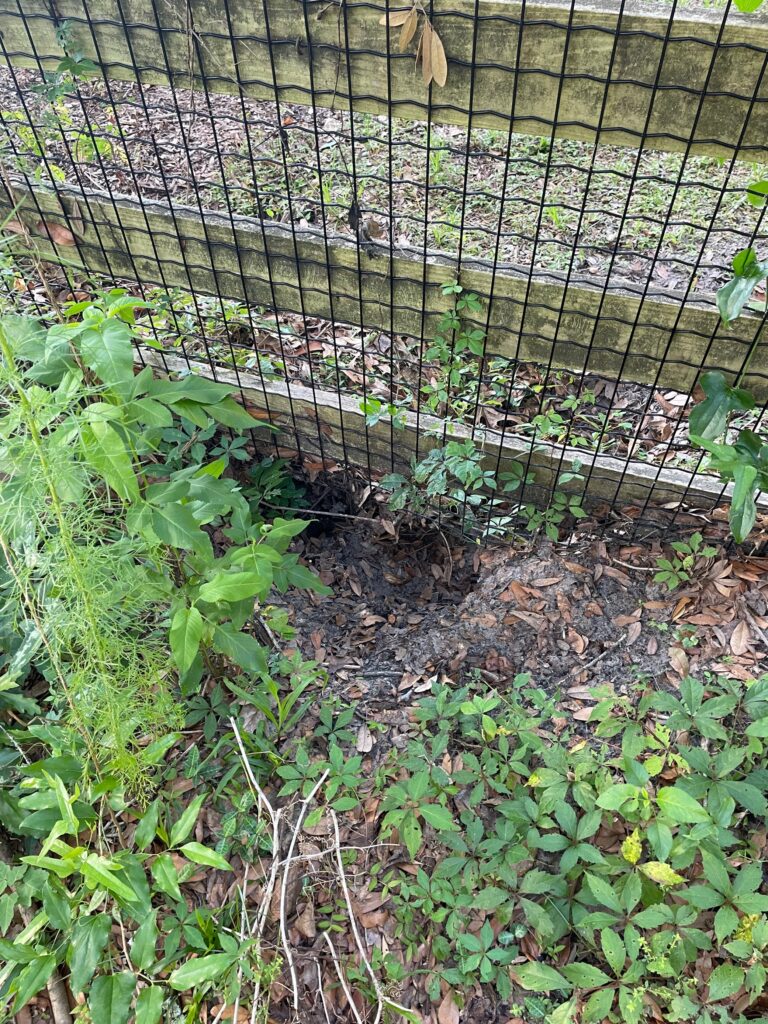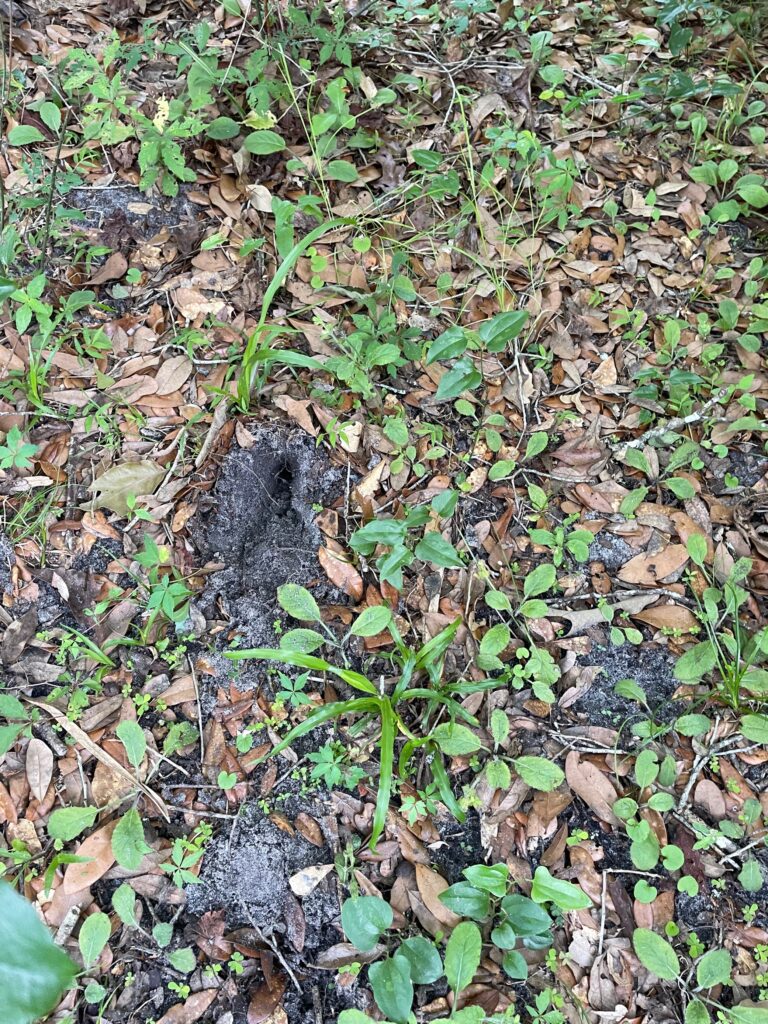Armadillos are naturally armored barrel-shaped critters. Their exterior is made of gray or brown overlapping plates that protect them from predators.
Armadillos have short legs, sharp claws, long snouts, and small black eyes. They grow to 15 to 17 inches with a weight of 8 to 17 pounds.
Are There Armadillos in jacksonville?
 Yes, there are armadillos in Jacksonville, Florida. Jacksonville is a perfect location for armadillos because they thrive in humid and hot weather.
Yes, there are armadillos in Jacksonville, Florida. Jacksonville is a perfect location for armadillos because they thrive in humid and hot weather.
Armadillo Habitats
They prefer sandy and porous soil which is ideal for making burrows and digging for food. Armadillo burrows can grow to be quite large and can become a nuisance when they extend under a home.
The majority of their days are spent sleeping, and they will commonly sleep up to 16 hours in their burrows, only coming out in the early mornings and late evenings to forage for their food.
Armadillo Diet
Insects make up the majority of an armadillo’s diet, but they will also eat fruit and vegetables.
The sandy soil in Jacksonville also provides armadillos with a variety of insects to munch on. The tropical weather in Jacksonville allows homeowners to maintain vegetable gardens and berry shrubs nearly year-round, which are tasty treats for armadillos.
Armadillos prefer a location with an abundance of food near a water source. Jacksonville contains the longest stretch of the St. Johns River as well as many other bodies of water like the Intracoastal Waterway. This provides armadillos with many locations to make a home near the water.
Because armadillos typically spend most of their time underground, it can be particularly difficult to spot an armadillo on your property.
How do you know when you have an Armadillo problem?



Armadillos are most active during the summer months. Because they sleep underground for the majority of the day, it is unlikely you’ll see an armadillo.
When are armadillos considered a nuisance in Jacksonville?
If you’ve observed any of these key indicators on your land, it might be a sign of an armadillo occupying your property.
- Shallow holes throughout your lawn that range between 3-5 inches wide and 1-3 inches deep
- Damaged underground pipes and/or wires
- Burrows located next to structures, sidewalks, bushes, or shrubs
- Cracks in your sidewalks, driveways, or building structure
- Uprooted plants
How to Get Rid of Armadillos
Contrary to common belief, most experts agree that DIY armadillo repellents such as castor oil, moth balls, cayenne pepper, or ammonia will not solve your armadillo problem.
How do you stop armadillos from digging in your yard?
- Install armadillo exclusions around specific areas of your home and property.
- Make your soil uninviting
- Wood chips can deter an armadillo from burrowing
- Water your soil early in the morning. The sun will dry it out making it difficult to dig at night.
The most effective armadillo control is exclusion and trapping.
 Professional Armadillo Removal
Professional Armadillo Removal
The most effective way to remove armadillos is by having a professional remove them for you. Without proper expertise, trying to catch an armadillo could be dangerous.
Armadillos have strong claws for digging and are known to thrash their legs up upon capture. Armadillos are also known to carry diseases, such as parasitic worms, leprosy, and rabies on rare occasions. Florida also has specific laws on capturing and relocating an armadillo that a professional would know best.
At Trutech, our Jacksonville armadillo experts are highly-trained, licensed, and insured. We safely and effectively remove armadillos from your property and have a custom plan for you to ensure no more damage comes to your lawn and property.
